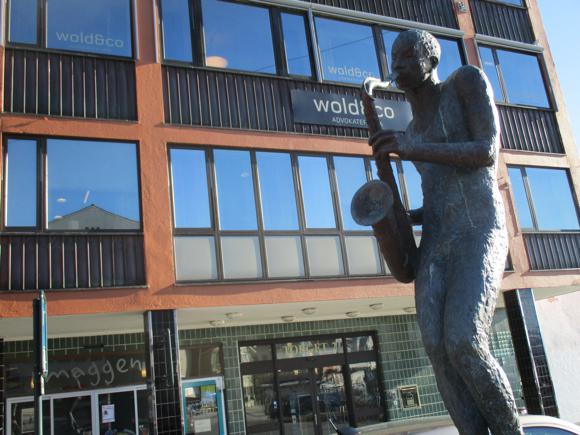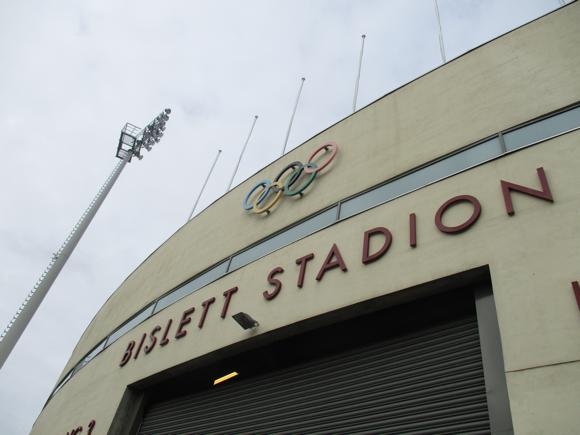A fan’s guide – the club from early doors to today
The most successful Norwegian side of the current decade, Molde FK welcomed back club icon Ole Gunnar Solksjaer on the eve of a Europa League fixture against Celtic in 2015. Wins home and away, plus draws with Ajax, qualified Solksjaer’s side for a head-to-head with eventual winners Sevilla. Molde gave a good account of themselves, notching 1-0 win in the home leg.
Before the 1990s, Molde did little to bother the statisticians. Founded in 1911, as suggested on the club badge, Molde played their first match against Kristiansund and continued to compete in local leagues.
A team featuring centre-half Torkild Brakstad, centre-forward Jan Fuglset and winger Harry Hestad, all born in Molde and all Norwegian internationals, caused a few upsets during a rare and ultimately second-placed top-flight campaign in 1974 but it wasn’t until MFK were relegated and cash-strapped in 1993 that things began to move.

Kjell Inge Røkke and Bjørn Rune Gjelsten, who found fortune and fame in fishing and powerboat racing respectively, seized the opportunity to invest in their local club. Under old boy Åge Hareide, within a year Molde had broken their cup hoodoo and won a final at the third attempt. On New Year’s Day, 1995, Hareide signed Solksjaer, whose 30-plus goals allowed MFK to take runners-up spot in the league.
Always trailing Rosenborg, and losing Solksjaer to Manchester United in 1996, MFK made the Champions League in 1999, dead-ball expert Andreas Lund scoring the goal that earned the club dream fixtures against Real Madrid and Porto in the group stage.
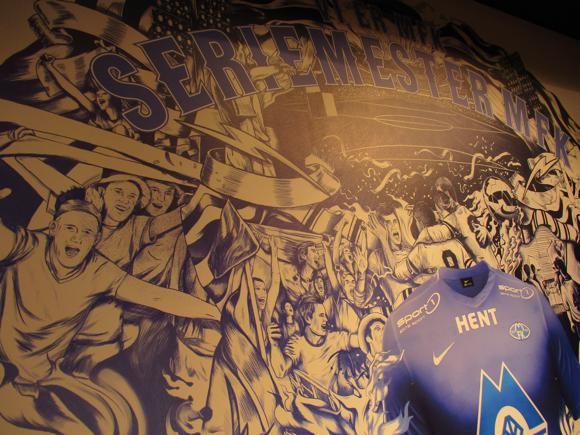
By then, Molde were playing at the magnificently set fjordside Aker Stadion, financed by Røkke and Gjelsten, allowing the club to move from the communal sports ground overlooking the town from behind the cemetery.
Managers duly came and went, until Solksjaer was persuaded to come home from his coaching post at Manchester United reserves. After a slow start, a team captained by stalwart Berg Hestad soon picked up, taking advantage of Rosenborg Trondheim’s heavy home defeat in the last game (the irony!) to lift their first league crown.
Molde repeated the feat the following year, with attacking midfielder Jo Inge Berget enjoying an excellent first full season. But again, MFK again failed to make any serious progress in Europe.
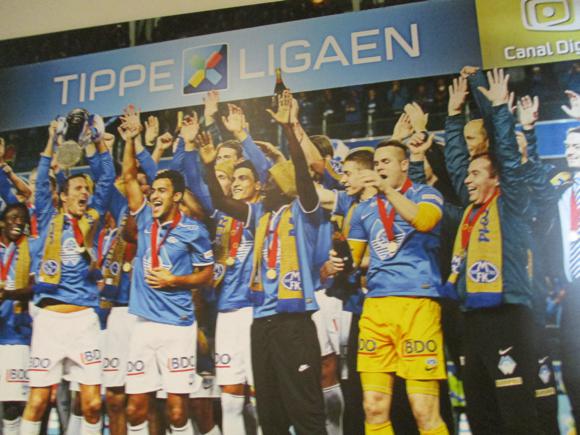
Berget again starred in 2013 but Molde fell out of the title race and Solksjaer was tempted to Cardiff in the close season, taking Berget with him.
But Molde bounced back. Per-Egil Flo, a young relative of former Chelsea star Tore André, formed part of a cast-iron defence, losing only three goals all season to win back the title in 2014.
Despite the European run of 2015-16, Solksjaer’s side showed poor form in the league before claiming a runners-up spot in 2017.




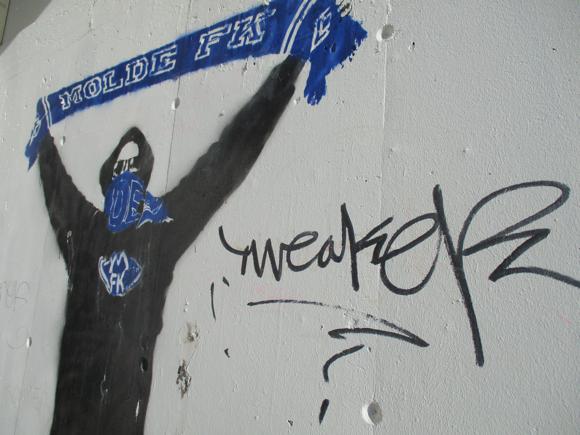
Stadium Guide
The field of dreams – and the stands around it

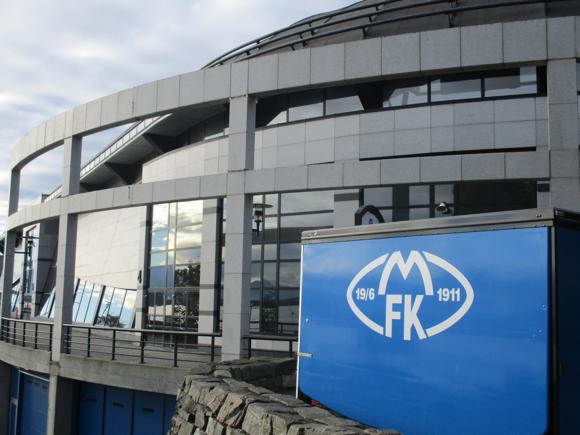
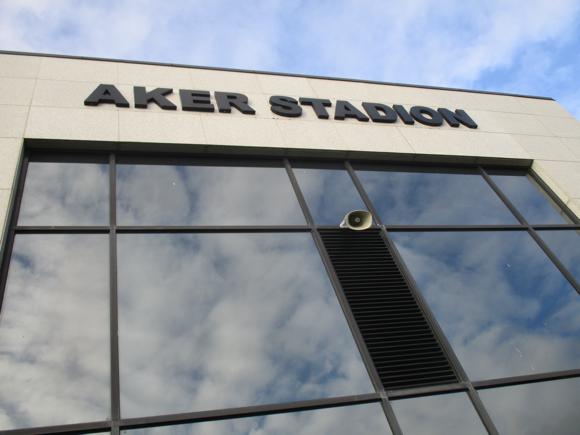

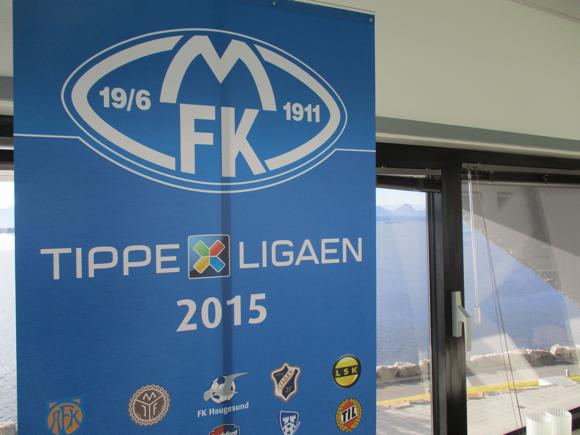
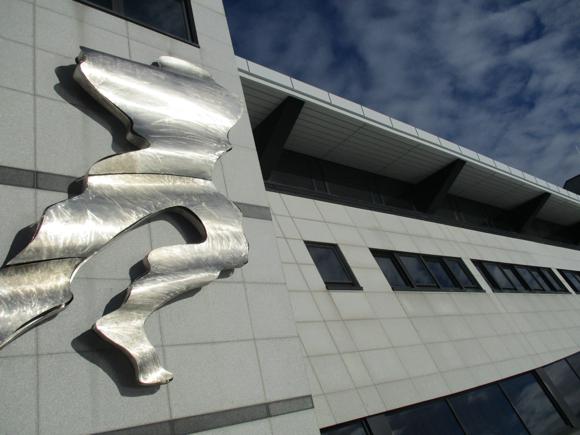
The Aker Stadion is one of the best-sited football grounds in Europe. Set overlooking the Moldefjord, a short and convivial waterside walk from the ferry and bus terminals, the stadium replaced the municipal sports park where MFK had been playing for the previous four decades.
It also personifies Norway’s boom years of the 1990s, when two local entrepreneurs, Kjell Inge Røkke and Bjørn Rune Gjelsten, could pump more than Nkr200 million into a new arena for a club whose only honour up to that point was a solitary cup win in 1994.
Four years later, with bitter local rivals, all-conquering Rosenborg in town, more than 13,000 squeezed into the new stadium shortly after it had been unveiled. That same year of its record attendance, the Aker also staged a full international, Norway’s trouncing of Saudi Arabia.

A year later, capacity was reduced to its current 11,800 as the stadium was made all-seated to accommodate Champions League fixtures.
Like the sail-shaped Seilet hotel that rise up alongside it, the stadium was designed by Kjell Kosberg. Providing a full view of the waterfront from the alcohol-free stadium café by the club offices in the South Stand (XL Bygg), it also shows off the hills overlooking Molde behind the North Stand (Molde).
Away fans (‘bortesupportere’) are generally allocated sector K, and sector L if required, in the East Stand (Sparebanken Møre) nearest town, accessed through gate (‘Inng’) 6.
getting there
Going to the stadium – tips and timings

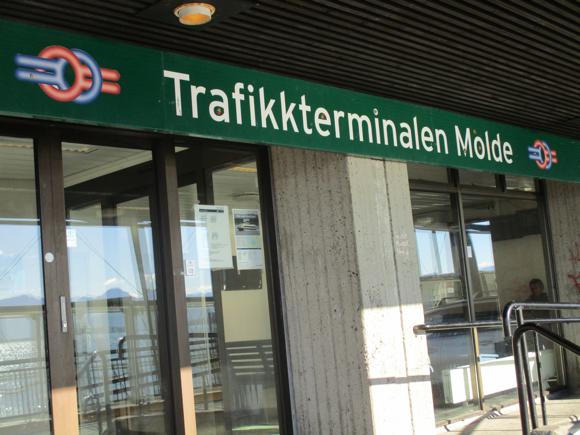
In principle, you can glide up to the stadium by boat – there’s a little harbour outside the neighbouring Fjordstuer hotel – but in practice, the Aker Stadion is a pleasant 5-10min walk along the fjord from the town centre.
Two regional buses, the 701 and 705, trundle infrequently along the main road of Julsundvegen, parallel to the waterfront, that links town to stadium but it’s hardly worth the bother.
getting in
Buying tickets – when, where, how and how much

Most league fixtures have an average crowd of under 10,000 but with the return of Ole Gunnar Solksjaer as manager, demand should rise in 2016. Games with Rosenborg are also usually full.
The main ticket office at the stadium opens on match days at Gate 4 nearest town. Molde also distribute online but the page is Norwegian-only and requires a log-in.
Depending on the opposition, prices are set around Nkr180.
what to buy
Shirts, kits, merchandise and gifts
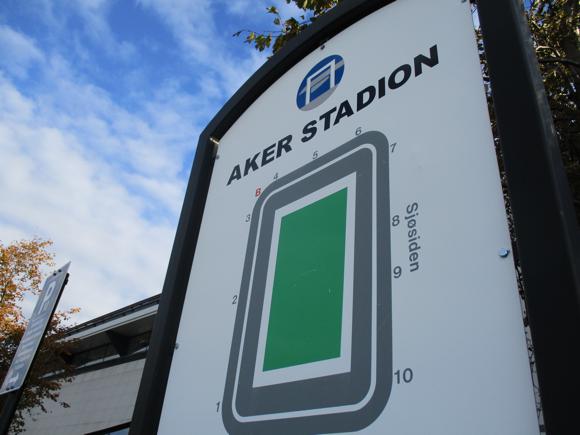

There is a small range of items on sale from the club office at the stadium and, on match days, a van near the ticket office. The main outlet is the Sport 1 Molde store (Mon-Fri 10am-8pm, Sat 10am-6pm) behind the Amfi Roseby shopping mall high up in the far north-east of town – but again, it’s such a narrow range of merchandise, it’s hardly worth the trek.
Where to Drink
Pre-match beers for fans and casual visitors

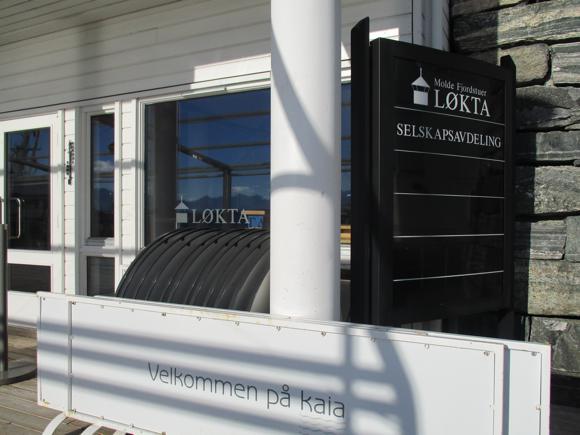




The main outlet at the stadium, the MFK kafeen, is a lovely spot overlooking the waterfront on one side, pitch on the other, and open weekdays and matchdays – but sells no alcohol. Note, though, the display dedicated to pre-war British coach Caspar Smith, and a photo of the title-winning squad centrepieced by a justifiably smug Ole Gunnar Solksjaer. Above are a lounge and restaurant, open match days for VIPs.
Many fans head for the waterside events bar, Løkta (‘Lighthouse’), at the white-fronted Fjordstuer hotel, even sneaking out at half-time for a much-needed øl top-up before heading back for the second half.
All fans cram into the evening-only Sportspuben 1911, before and after the match. Set on a corner of the Quality Hotel Alexandra, inside a bare-brick building bearing the fluttering blue flags of MFK, it’s a classic sports bar with a friendly, chatty buzz, TV football and pub grub. The stadium is less than a 10min walk away.

